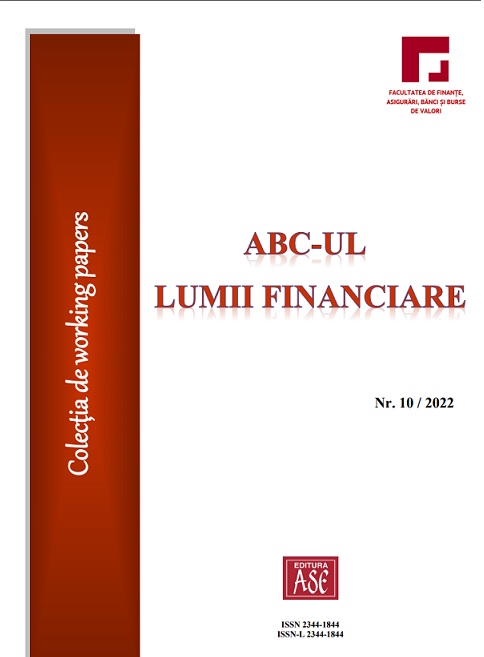“Helicopter Money” - Mană cerească sau cal troian?
“Helicopter Money” - Heavenly manna or Trojan horse?
Author(s): Constantin-Ștefan SimionSubject(s): Economy, Economic development, Financial Markets
Published by: EDITURA ASE
Keywords: Helicopter money; central bank; global financial crisis; monetary policy; Quantitative Easing;
Summary/Abstract: In the current global context, with a high degree of economic unpredictability, the objective of central banks to maintain price stability is a difficult task. Thus, we have chosen to analyze the feasibility of implementing the "helicopter money" concept at a macroeconomic level, originally stated for theoretical purposes by Milton Friedman in 1969. In practice, the global financial and the health crises led to recession and a decrease in demand, forcing central banks to adapt their monetary policy, they resort to Quantitative Easing programs, a financial incentive derived from "helicopter money", different in methodology but with the same goal: increasing the money supply. If the money "dropped from the helicopter" is aimed directly at stimulating consumption without increasing central bank assets, quantitative easing creates new reserves for the central bank by purchasing government securities, mainly from commercial banks and other financial institutions. "Helicopter money" also has disadvantages: in the long term it does not guarantee sustainable economic growth, the inflationary risk being high and a currency depreciation as a result of the increase in the money supply. What it may seem like a godsend at first it can turn into a real Trojan horse if this unconventional measure is not targeted to affected areas.
Journal: Colecția de working papers "ABC-ul Lumii Financiare"
- Issue Year: 2022
- Issue No: 10
- Page Range: 7-20
- Page Count: 14
- Language: Romanian

